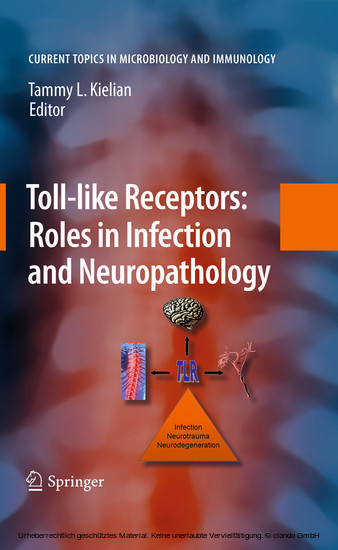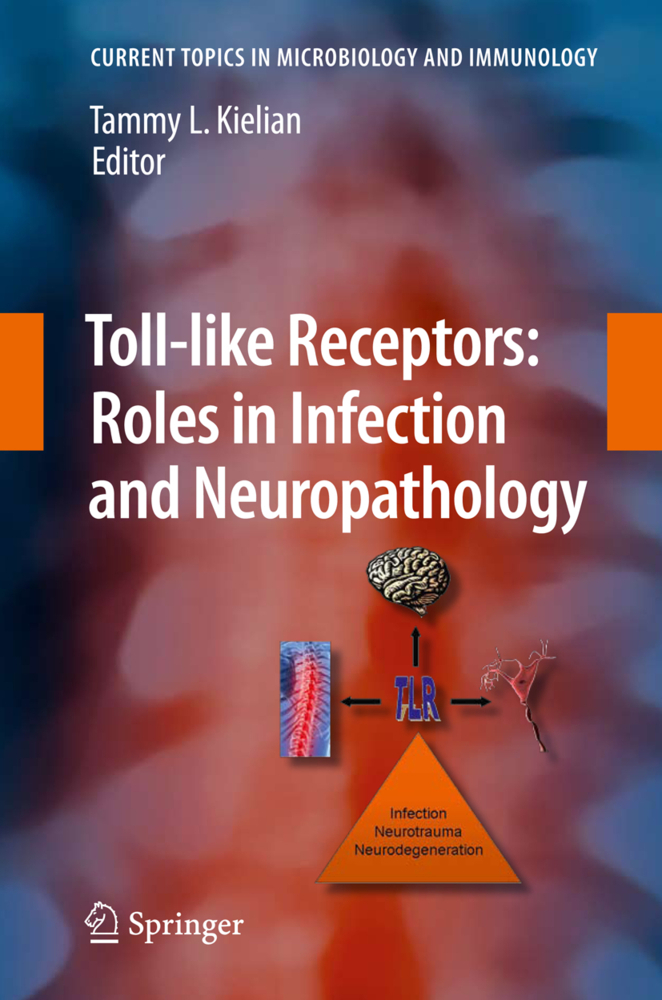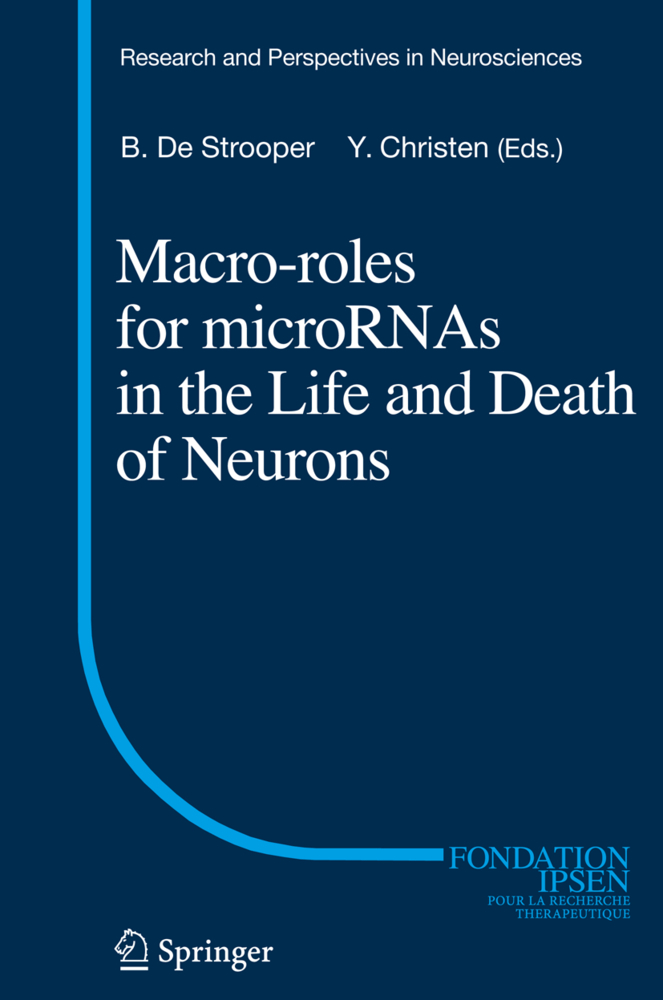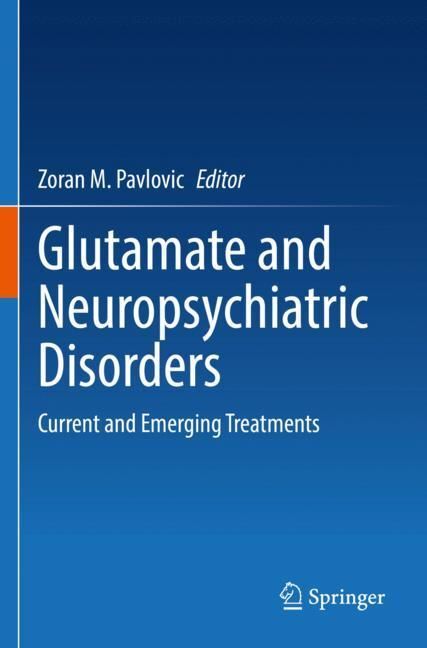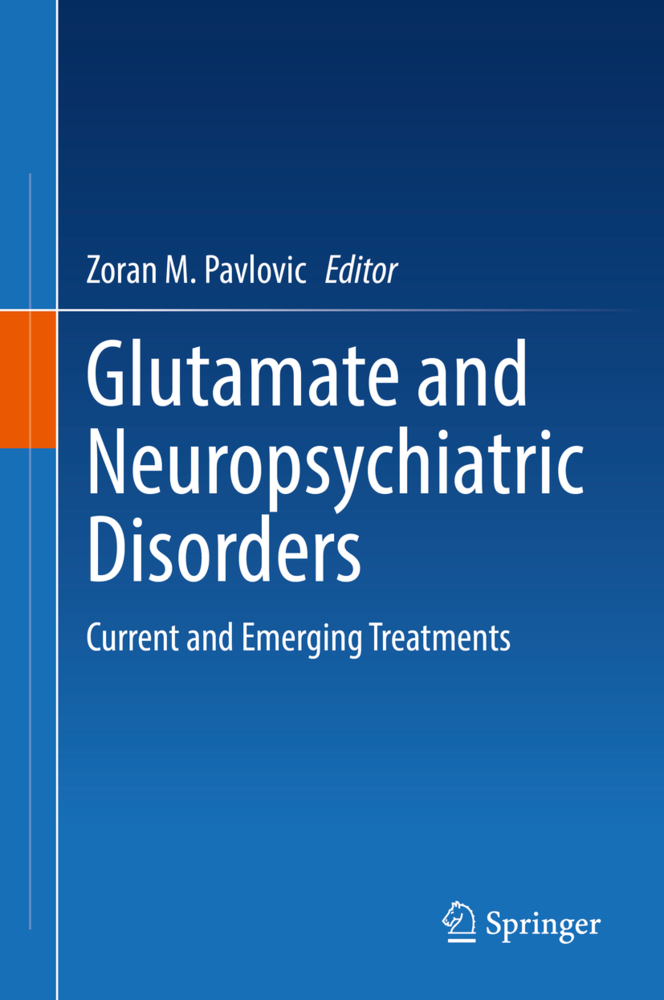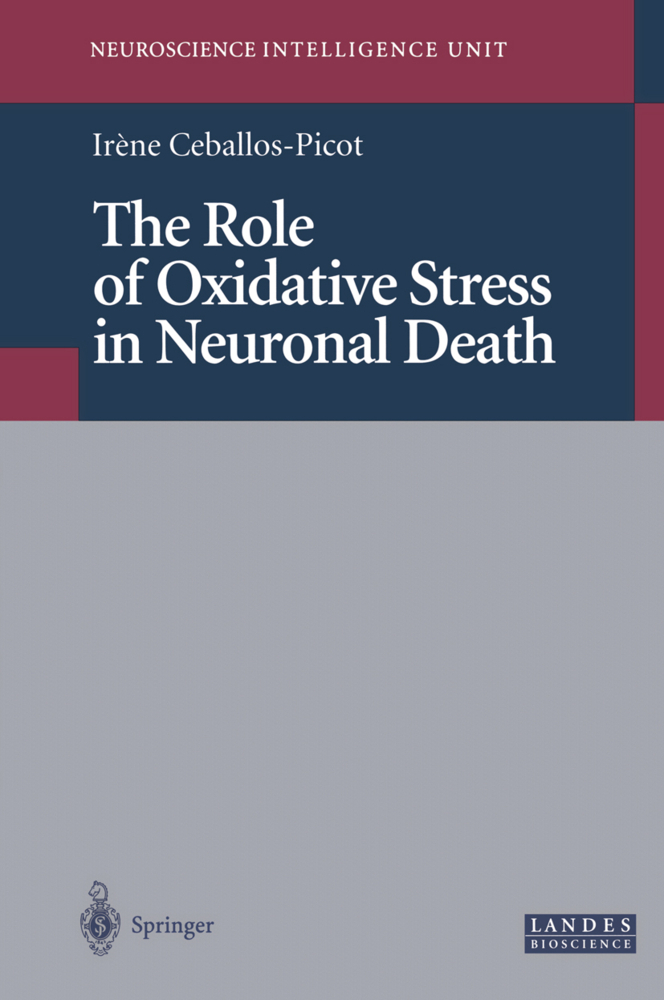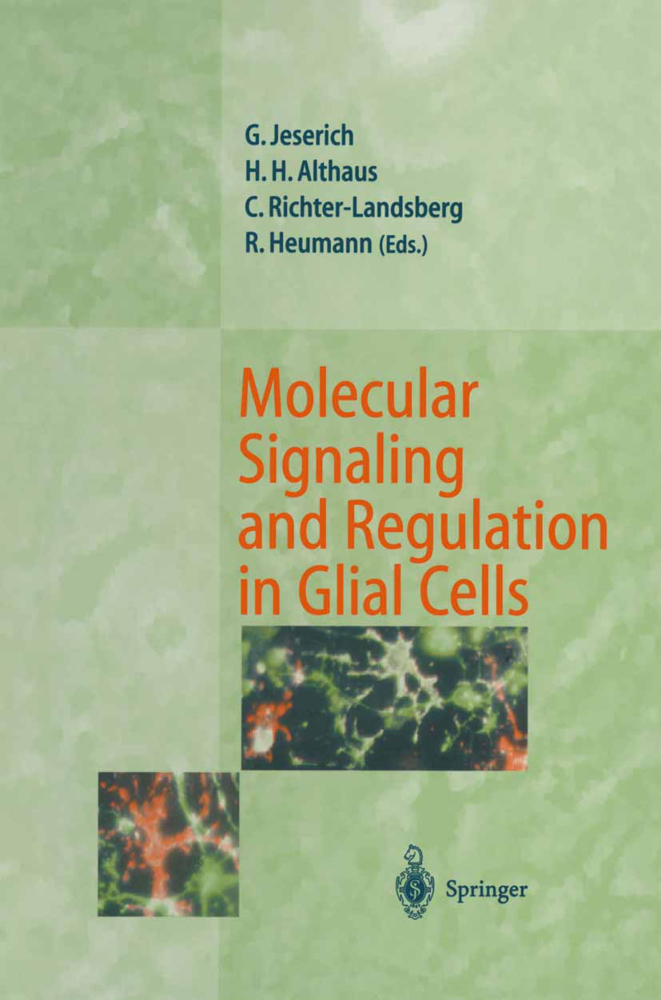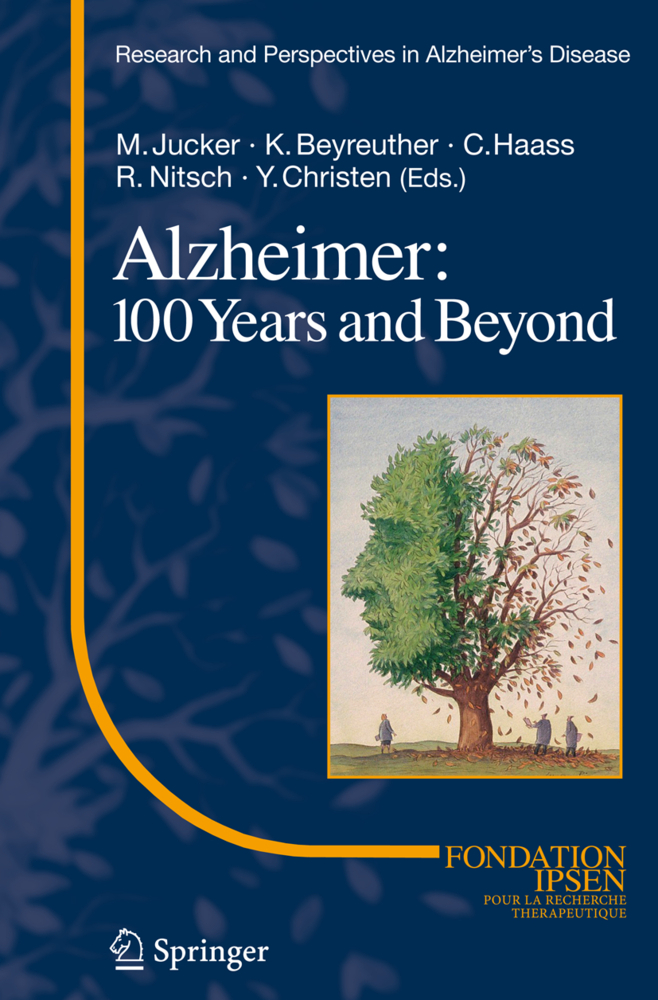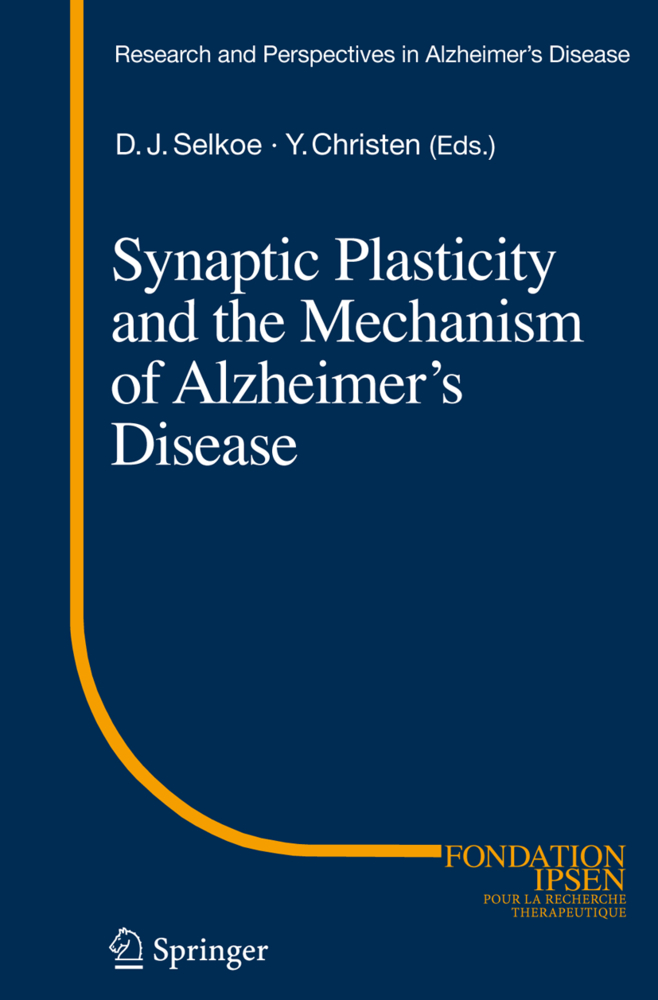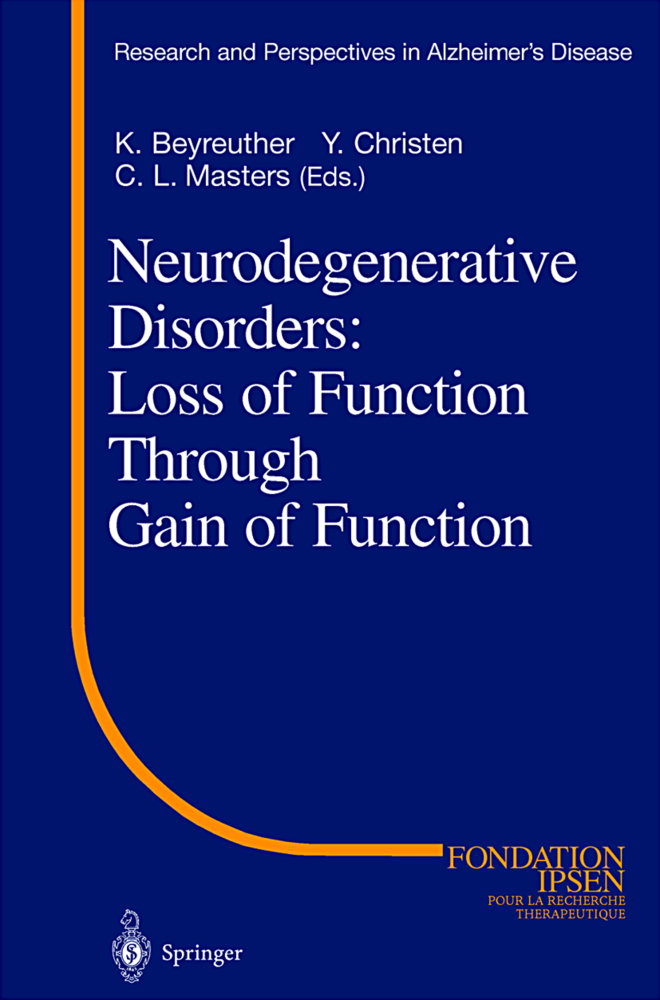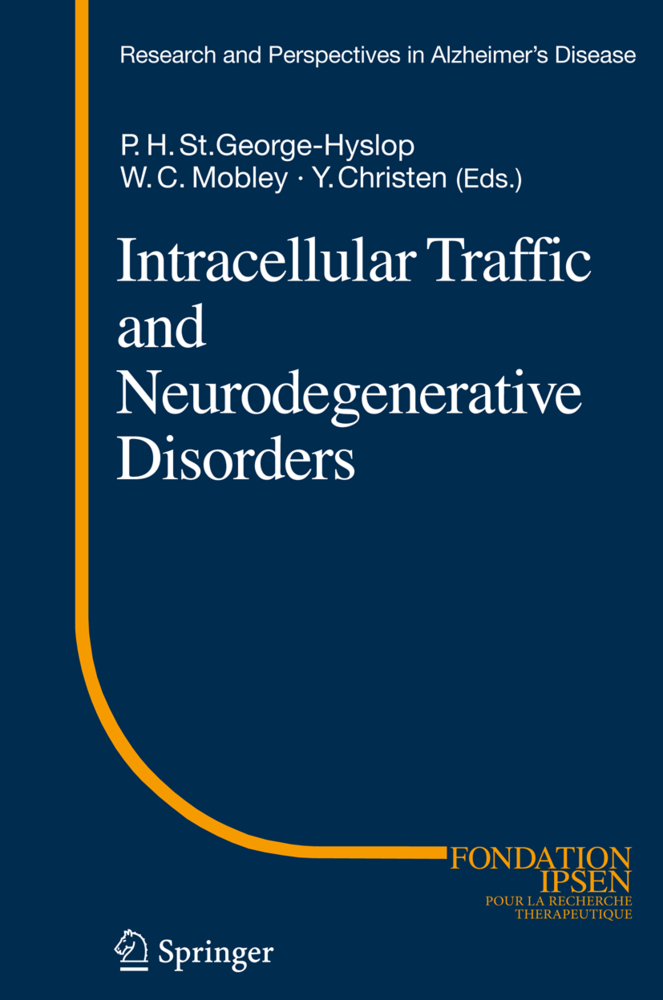Toll-like Receptors: Roles in Infection and Neuropathology
Mammalian Toll-like receptors (TLRs) were first identified in 1997 based on their homology with Drosophila Toll, which mediates innate immunity in the fly. In recent years, the number of studies describing TLR expression and function in the nervous system has been increasing steadily and expanding beyond their traditional roles in infectious diseases to neurodegenerative disorders and injury. Interest in the field serves as the impetus for this volume in the Current Topics in Microbiology and Immunology series entitled 'Toll-like receptors: Roles in Infection and Neuropathology'. The first five chapters highlight more traditional roles for TLRs in infectious diseases of the CNS. The second half of the volume discusses recently emerging roles for TLRs in non-infectious neurodegenerative diseases and the challenges faced in these models with identifying endogenous ligands. Several conceptual theories are introduced in various chapters that deal with the dual nature of TLR engagement and whether these signals favor neuroprotective versus neurodegenerative outcomes. This volume should be informative for both experts as well as newcomers to the field of TLRs in the nervous system based on its coverage of basic TLR biology as well as specialization to discuss specific diseases of the nervous system where TLR function has been implicated. A must read for researchers interested in the dual role of these receptors in neuroinfection and neurodegeneration.
1;Title page;42;Copyright Page;53;Contents;74;Contributors;85;Overview of Toll-Like Receptors in the CNS;115.1;1 Historical Background of TLRs;125.2;2 TLR Subtypes and Ligand Classification;145.2.1;2.1 Extracellular TLRs and CNS Expression Patterns;145.2.2;2.2 Intracellular TLRs and CNS Expression Patterns;165.3;3 TLR Signaling Pathways;175.4;4 Highlights of Contributing Chapters and Emerging Concepts;185.5;References;206;Toll-Like Receptors in Bacterial Meningitis;256.1;1 Introduction;266.2;2 An Immunological Approach to the Cerebrospinal Fluid Compartment;276.3;3 Bacteriologic Profile of Community-Acquired Bacterial Meningitis;306.4;4 Host Cellular Sensors of Meningeal Pathogens;316.4.1;4.1 Immune Recognition of S. pneumoniae In Vitro;356.4.2;4.2 Immune Recognition of N. meningitidis In Vitro;376.4.3;4.3 Immune Recognition of S. agalactiae In Vitro;386.4.4;4.4 Immune Recognition of L. monocytogenes In Vitro;396.5;5 Role of TLRs in Pneumococcal Meningitis;396.6;6 Conclusions;436.7;References;447;Toll-Like Receptors in Brain Abscess;517.1;1 Etiopathogenesis of Brain Abscess;537.2;2 Experimental Brain Abscess Model;547.3;3 Importance of TLRs in Glial Recognition of S. aureus;557.3.1;3.1 TLR and Microglial Responses to S. aureus;567.3.2;3.2 Astrocytes and TLR2-dependent Recognition of S. aureus;587.3.3;3.3 Cytokine Regulation of TLR2 Expression in Glia;587.3.4;3.4 Potential Contributions of Other TLRs to S. aureus Recognition by Glia;597.4;4 Impact of TLR Signaling on Immune Responses During Brain Abscess Development;607.4.1;4.1 Influence of TLRs on Innate Immunity in Brain Abscesses;607.4.2;4.2 Relationship Between TLR2 and Adaptive Immunity in Brain Abscesses;637.4.3;4.3 Concept of a "Pathogen-Necrosis-Autoantigen Triad";647.5;5 Summary;667.6;References;668;Toll-Like Receptors in CNS Viral Infections;728.1;1 Toll-Like Receptors (TLRs) That Are Viral Sensors;748.2;2 Toll-Like Receptor 3 (TLR3);758.2.1;2.1 TLR3 Signaling;768.2.2;2.2 TLR3 Versus Cytosolic dsRNA Sensors;788.2.3;2.3 TLR3 and CNS Glial Cells;788.2.4;2.4 Mechanisms of Antiviral Immunity Elicited by TLR3 In Vitro;808.2.5;2.5 Antiviral Immunity Elicited by TLR3 In Vivo;828.2.6;2.6 TLR, Adaptive Immunity and Autoimmune Responses;838.2.7;2.7 Effect of Systemic or Intracerebral Poly I:C on Brain Function and Inflammation;848.3;3 Roles for Other TLRs in Virus Infections in the CNS;858.4;4 Conclusions and Future Directions;868.5;References;879;Toll-Like Receptors in CNS Parasitic Infections;919.1;1 CNS Parasitic Infections and Burden on Society;929.2;2 Immunopathogenesis of Parasitic Infections;939.3;3 TLRs in CNS Parasite Infection;959.3.1;3.1 Role of TLRs in CNS Protozoa Infections;969.3.1.1;3.1.1 Cerebral Malaria;969.3.1.2;3.1.2 Toxoplasmosis;989.3.1.3;3.1.3 Sleeping Sickness;1009.3.2;3.2 Role of TLRs in CNS Helminth Infections;1019.3.2.1;3.2.1 Neurocysticercosis (NCC);1019.3.2.2;3.2.2 River Blindness/Onchocerciasis;1059.4;4 Conclusions and Perspectives;1069.5;References;10710;Toll-Like Receptors in Neurodegeneration;11310.1;1 Background;11410.2;2 Pathogen Recognition Versus Homeostasis;11510.3;3 Inflammation and Degeneration: Immune Concepts;11510.4;4 Beneficial Outcomes of TLR Signaling in Microglia;11710.4.1;4.1 Wallerian Degeneration;11710.4.2;4.2 Nerve Injury;11710.5;5 TLR-Driven Neurotoxicity;11810.5.1;5.1 Neuronal Injury;11810.5.2;5.2 Ischemia;11910.5.3;5.3 Neurodegenerative Disorders;11910.5.4;5.4 Infection;12010.5.5;5.5 TLR-Driven Gliotoxicity;12010.6;6 Strength of Signal: A Hypothesis;12110.7;7 Clinical Correlates;12210.8;8 TLR2/4 Expression by Astrocytes;12310.8.1;8.1 Astrocytes in Neurodegeneration;12310.9;9 Other TLRs;12410.10;10 Conclusions;12510.11;References;12511;Toll-Like Receptors in Spinal Cord Injury;12911.1;1 Pathology and the Inflammatory Response Triggered by Traumatic SCI;13011.2;2 TLRs Promote CNS Degeneration and Regeneration;13111.2.1;2.1 Toll-Like Receptors
Kielian, Tammy
| ISBN | 9783642005497 |
|---|---|
| Artikelnummer | 9783642005497 |
| Medientyp | E-Book - PDF |
| Auflage | 2. Aufl. |
| Copyrightjahr | 2009 |
| Verlag | Springer-Verlag |
| Umfang | 191 Seiten |
| Sprache | Englisch |
| Kopierschutz | Digitales Wasserzeichen |

